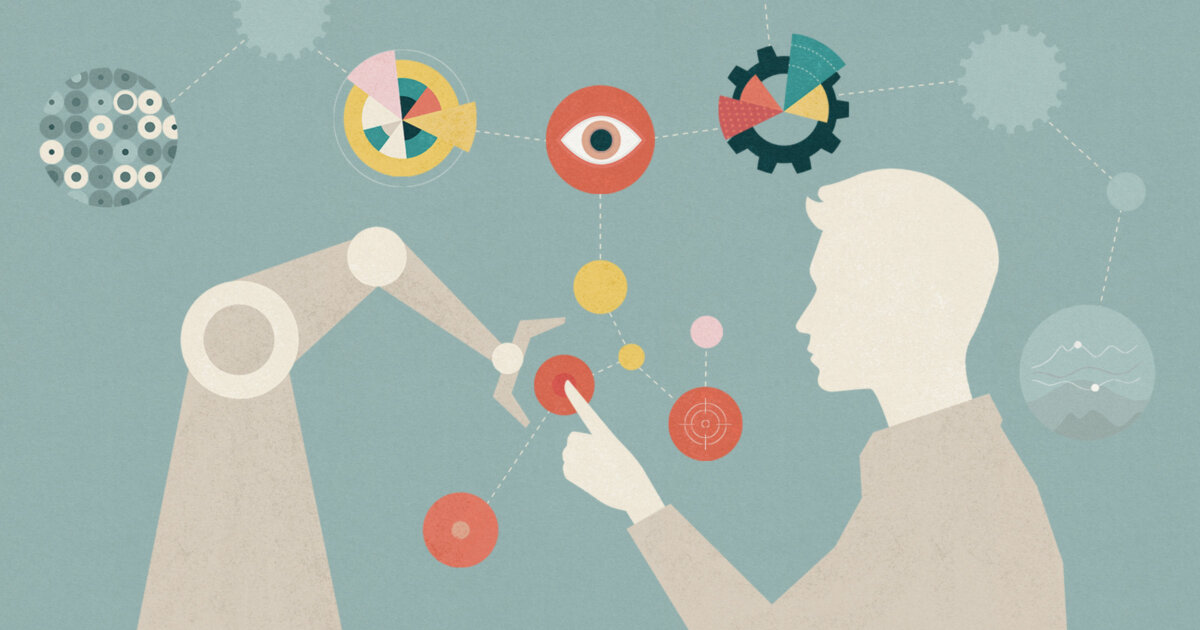
We are in the middle of a robot revolution. The past decade has seen dramatic growth in robot adoption across an increasing number of industries, and it shows no signs of slowing. In a recent McKinsey survey of companies worldwide, 88% of respondents said they plan to invest in robotics for their business.
Our research has found an equally and perhaps more important transformation taking place: The adoption of robots is improving companies’ ability to recognize and reward good employee performance.
Within every organization, leaders face a fundamental question: How do we get the best from our people? One of the most common methods is offering monetary rewards — usually, periodic bonuses — that are linked to performance. This practice is grounded in the idea that better performance should be more highly rewarded. But that approach is rarely simple to implement in practice because it requires that performance be measured well enough to be evaluated effectively. This is challenging to accomplish for most roles and even more so for individual employees. Because so much work is done in teams and managers can’t monitor the specific activity of each employee or accurately measure individual performance, many organizations choose to pay bonuses based on team or company performance rather than on individual performance.1
What does all this have to do with robots? In our research, we have found that companies that adopt robots improve their ability to measure human performance.2 To illustrate, let’s say you’re working in a team of two. Your manager can see and evaluate your combined productivity as a team but not what each of you is doing individually at all times. In theory, both of you are supposed to be contributing equally; in practice, you’re doing far more of the work, which isn’t visible to your busy manager.
Then, let’s say your teammate is replaced with a robot. As a machine, the robot is much more precise and consistent in doing its work tasks and might even provide data about its performance while operating. Because it’s so consistent and transparent, any disruptions or spikes in productivity can much more clearly be identified as coming from either the robot or from you.
References
1. A.A. Alchian and H. Demsetz, “Production, Information Costs, and Economic Organization,” The American Economic Review 62, no. 5 (December 1972): 777-795; and O.E. Williamson, “Comparative Economic Organization: The Analysis of Discrete Structural Alternatives,” Administrative Science Quarterly 36, no. 2 (June 1991): 269-296.
2. J. Dixon, B. Hong, and L. Wu, “The Robot Revolution: Managerial and Employment Consequences for Firms,” Management Science 67, no. 9 (September 2021): 5586-5605.
“The MIT Sloan Management Review is a research-based magazine and digital platform for business executives published at the MIT Sloan School of Management.”
Please visit the firm link to site






